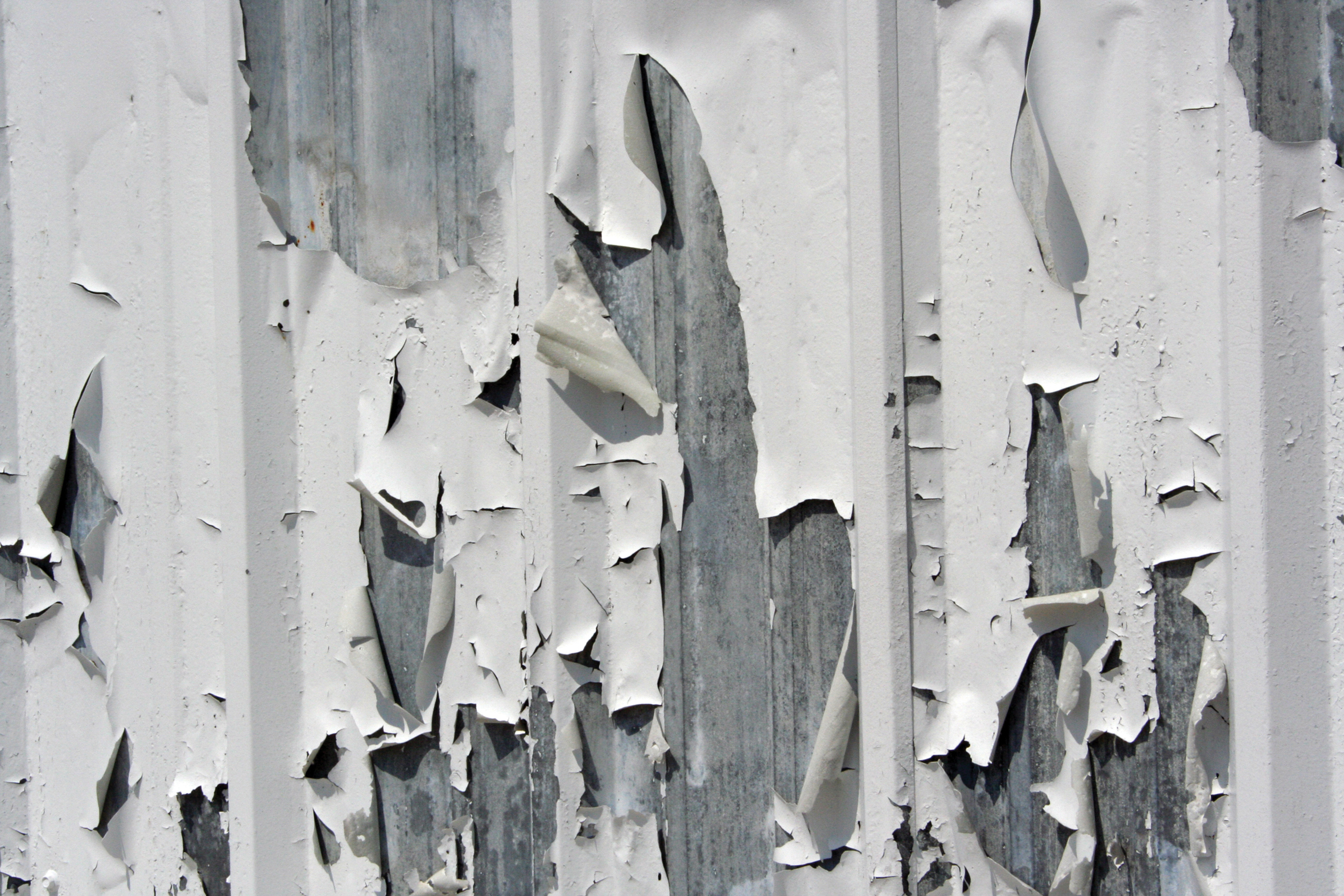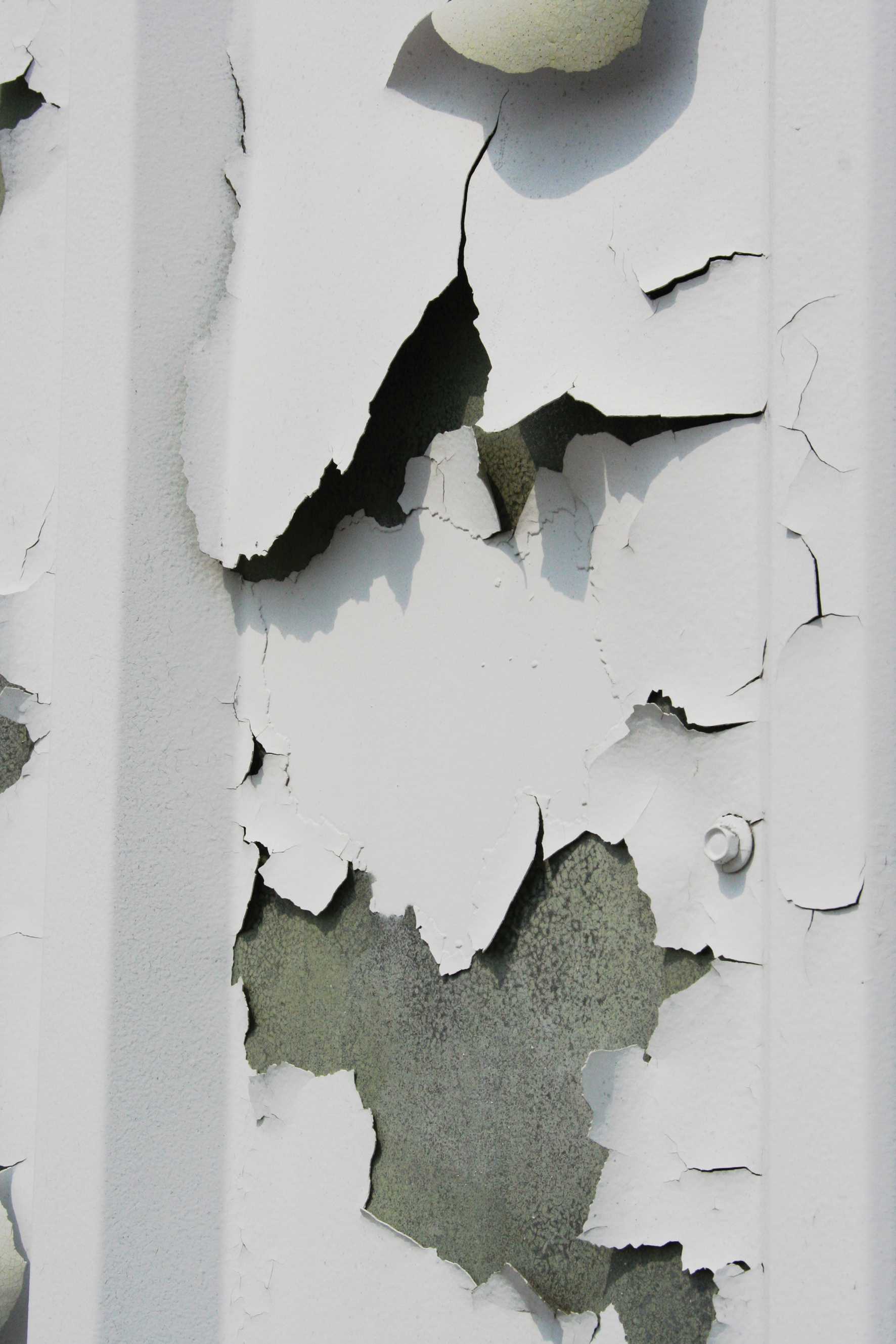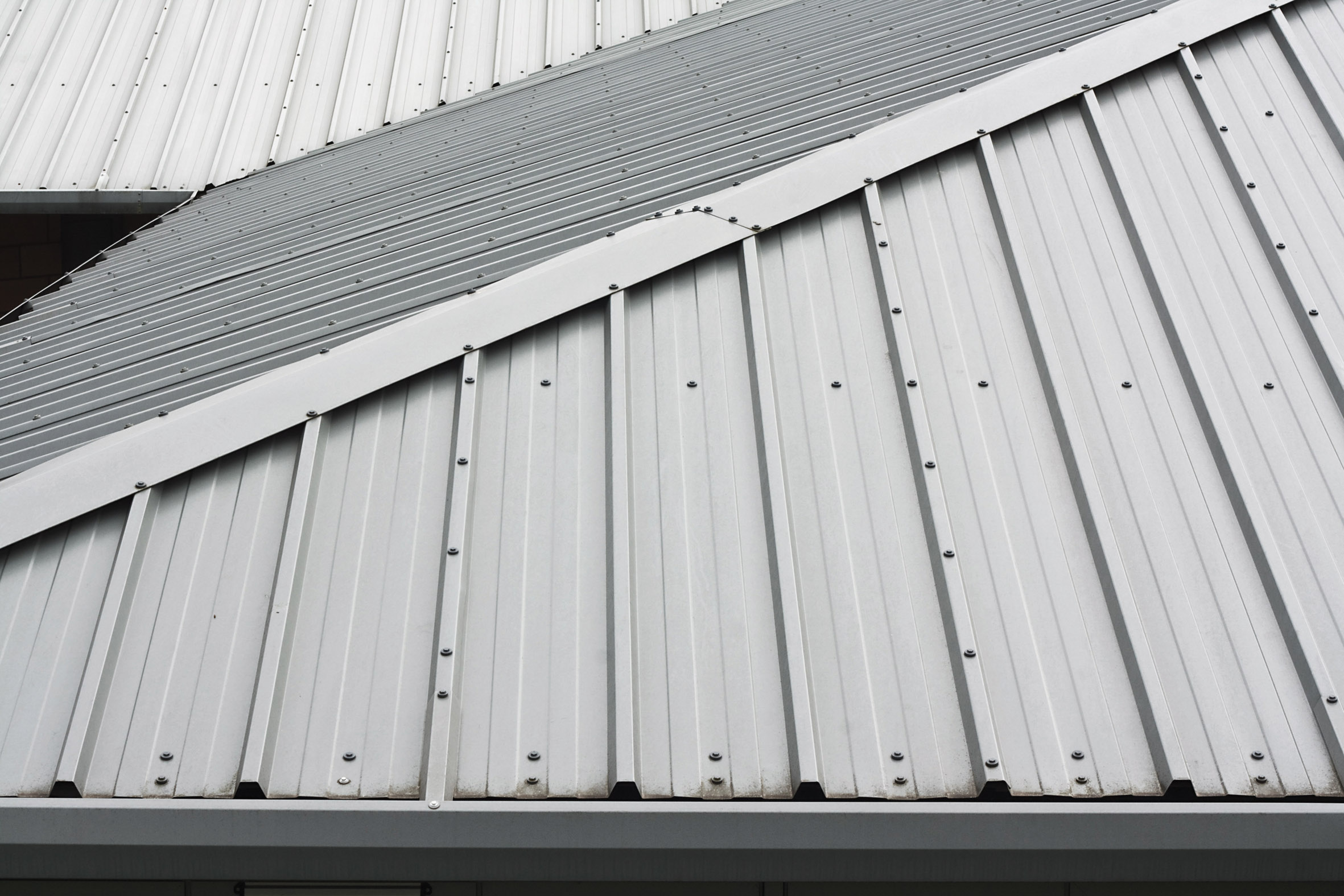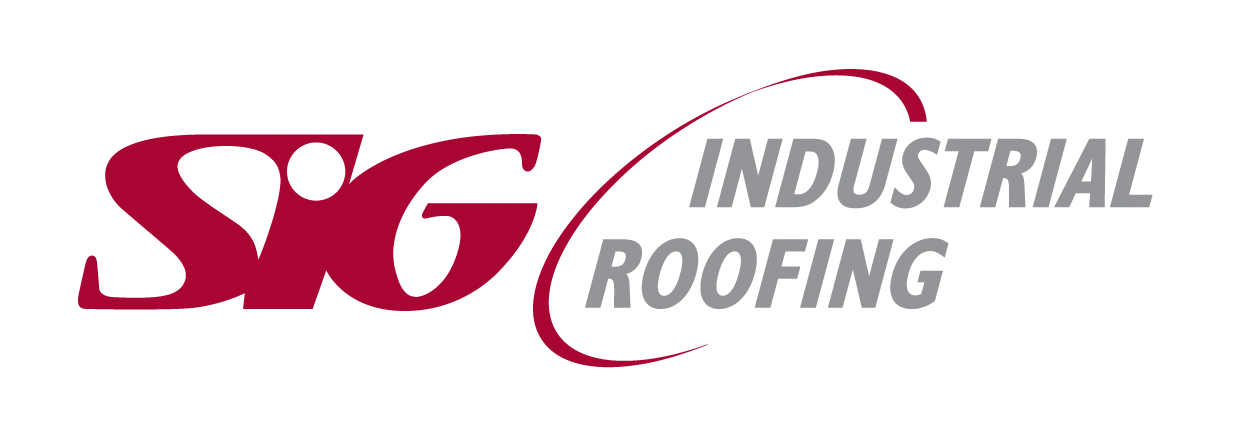The increasing popularity of cladding as a protective and aesthetic layer means cut edge corrosion is on the rise, while many owners are unaware of what it is.

Years ago, corrugated steel or aluminium sheets were only used on barns and sheds. Now, this ‘crinkly tin’ as architects often call it is found on a range of commercial buildings, warehouses, retail units, hospitals and even art galleries as a modern exterior cladding. With an estimated 60% of cladding affected by cut edge corrosion, understanding the problem, knowing how to spot and repair it is essential.
CUT EDGE CORROSION EXPLAINED
When metal cladding is manufactured, the corrugated sheets are coated in plastic such as Plastisol. This coating protects the underlying metal from corrosion and also improves its appearance. After the cladding is cut to size in a factory, before being attached to the roof or elevation of a commercial building, the cut edge isn’t coated. A steel edge exposed to oxygen is prone to corrosion, which is made worse by water and pollutants. As a result, the factory coating can peel off from these edges.

WHERE DO YOU FIND IT?
Any metal edge can be vulnerable, so you usually find cut edge corrosion on the edges of sheets where they overlap one another and at the eaves – the horizontal laps are particularly susceptible. Even though cut edge corrosion usually begins around edges it gathers speed through capillary water action and can spread.
Metal guttering can also suffer from cut edge corrosion and may fail in other ways. If gutters are ill fitted or clogged up then damp can penetrate a commercial property, causing structural weaknesses as well as further cut edge corrosion on other panels of cladding.
Another cause is the changing shape of the metal substrate. Metal can expand with rises in temperature and contract when cool. As the cladding expands, the factory coating can lift which exposes the underlying substrate. Consequently, the elements take their toll and eventually more and more of the coating can delaminate.
HOW TO SPOT IT

Delamination and coating failure can occur anywhere on cladding, not just at the cut edges, and the causes of deterioration vary. Harsh UV rays lead to fading and can make cladding coating hard and brittle. And the lack of flexibility hinders the expansion of the underlying metal leading to delamination. Tell-tale signs are discolouration or when you can see cracks and blisters on a top layer. As time goes on, the original coating peels away from the metal surface. This allows water to penetrate the substrate, leading to rust eating away at the cladding, making it brittle and causing leaks which can then affect the integrity of the building. Sometimes, the metal cladding can become perforated which is potentially very expensive to repair, so the earlier cut edge corrosion is treated, the better.
Repairing cut edge corrosion will protect cladding from the elements and pollution as well as reducing the peel back of the coating. It will provide a tight seal on the horizontal laps, lap joints and the edges of cladding, improve how the building looks and protect it structurally.
The SIG Industrial Roofing Centre are there to support you with a range of solutions for industrial projects – including advice on cut edge corrosion and any other areas you’re dealing with.


